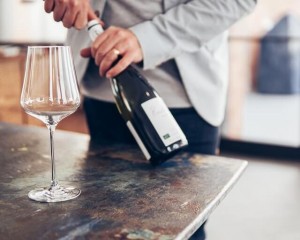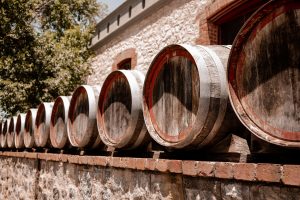What Food Pairs Best With Cabernet Sauvignon?
Cabernet Sauvignon is an iconic wine grape. With many styles offering intense and bold flavours, wine enthusiasts can feel unsure about which dishes pair best with this full body wine. Yet, following simple wine pairing principles can make all the difference. Looking for inspiration? This article will explore the best Cabernet Sauvignon food pairing options that you should try. We also will provide tips on how to approach a Cabernet Sauvignon pairing in terms of acidity, tannins, body, flavours, and more. How to Pair Food with Cabernet Sauvignon Many people have asked: What food pairs best with Cabernet Sauvignon? If this thought has gone through your mind recently, you are not alone. Yet, before you can start choosing Cabernet Sauvignon food pairings, you must consider the profile of the wine. Cabernet Sauvignon is medium to full-bodied in structure and has full, mouth filling tannins with great intensity. Instinctively this may tell you to avoid pairing with light salads or seafood, for example. It’s believed that bold wines pair best with rich dishes. For example, a classic Cabernet Sauvignon food pairing is a grilled steak. Yet, pairing this wine involves noticing more subtle nuances. It all comes down to what style of Cabernet Sauvignon you are tasting. Blended Cabernets such as a legendary Bordeaux or a Tuscan Super blends are bold yet versatile. These wines can also have higher acidity levels due to the climate the grapes are grown in. A single variety Cabernet Sauvignon from hotter regions would be riper and more fruit-forward while potentially having less acidity. These elements, including the nature of the wine tannins, should be driving your Cabernet Sauvignon food pairing. There will be a handful of dishes that pair well with either style but understanding how the subtleties between the two variations interact with dishes is key to pairing this red wine well. Best Cabernet Sauvignon Food Pairings Let’s take a look at some recommended food pairing ideas for Cabernet Sauvignon. Although there can be the idea that this red grape varietal is best paired with red meat, it is also suitable for vegetarian dishes and semi-sweet desserts. Steak Steak does seem like an obvious choice. Yet, there is no better pairing than steak and Cabernet Sauvignon. Grilled ribeye steak is a particularly popular choice of cut. Its fat, salty content can counteract the wine’s tannins and acidity. The gamey qualities of the steak pair well with the Cabernet’s chewy tannins and help to showcase its hints of dark fruit and sweet oak aromas. We recommend pairing with the fruit-forward Cabernet Sauvignon from the Lodi region, James Mitchell Cabernet Sauvignon 2016. A flavourful wine showing notes of warm spice and dark cherry, it pairs beautifully with juicy steaks and hamburgers. Lamb Lamb chops or ribs are other great choices for those that aren’t particularly fond of steak and want a meat alternative. Whether grilled lamb with rosemary and thyme or a barbecued Asian lamb rib dish, Cabernet Sauvignon is the best wine for standing up …





